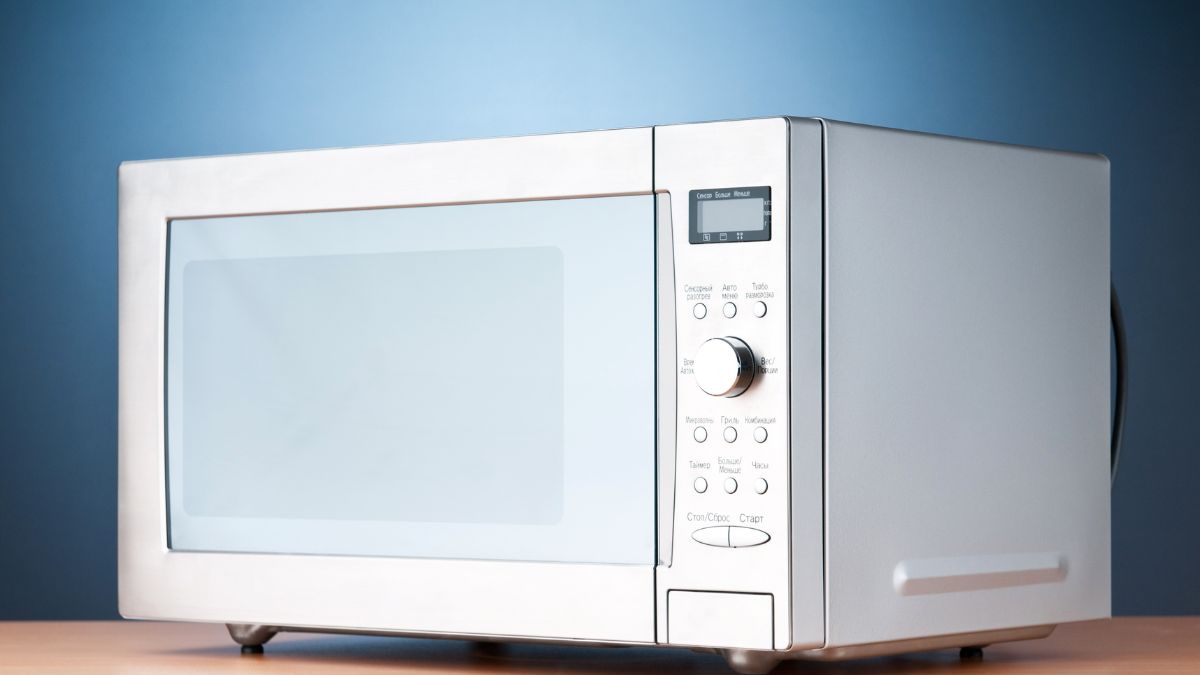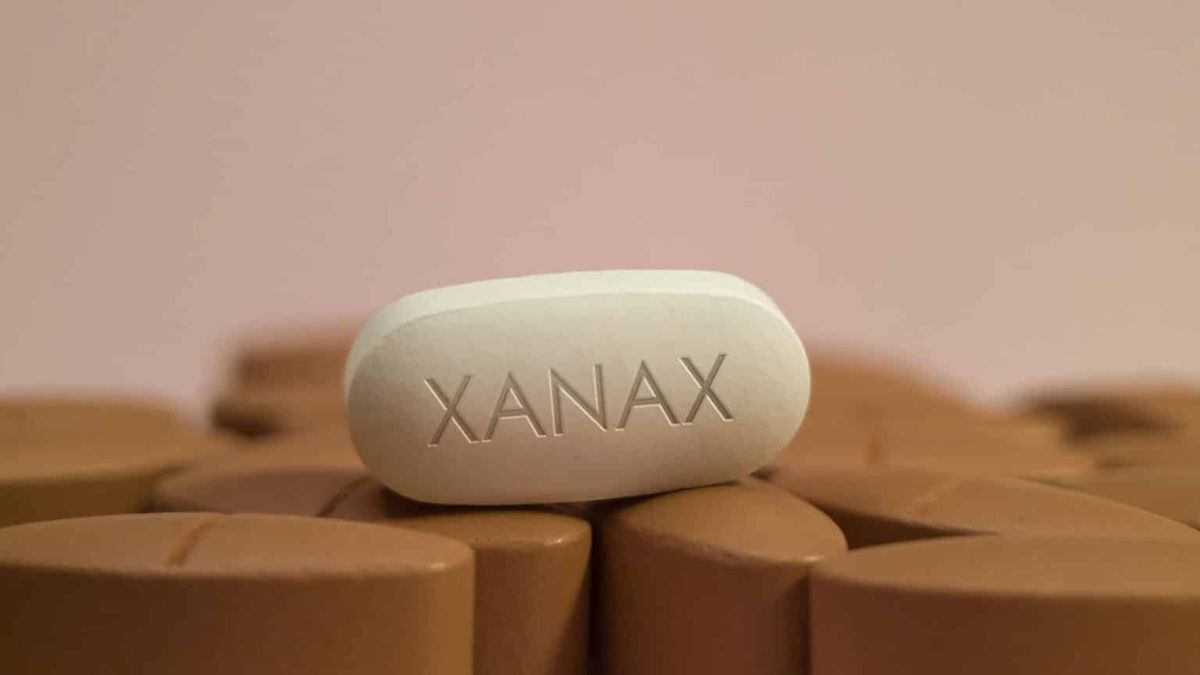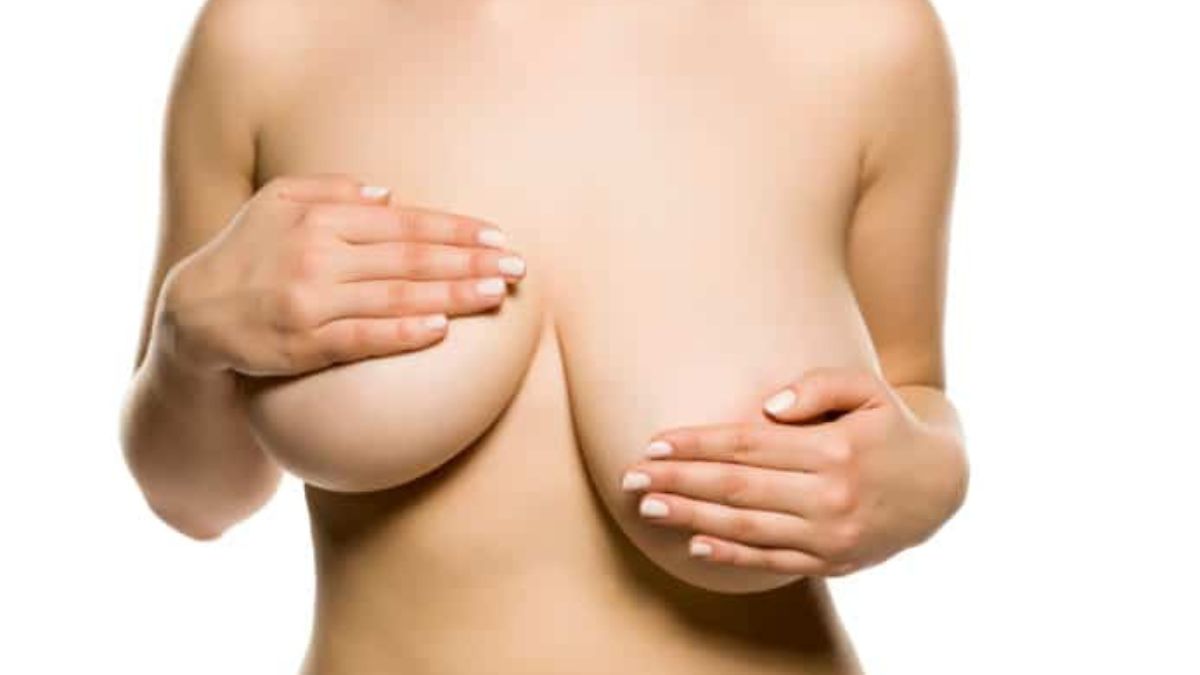As a new parent, there will come a time when you need to warm your breast milk quickly and conveniently.
One common method that often comes to mind is the microwave. But before you press that start button, it’s essential to understand the potential effects of microwaving breast milk.
In this article, we’ll delve into the question on every parent’s mind: Can you microwave breast milk?
We’ll explore the science behind microwaving breast milk, the benefits, drawbacks, and crucial precautions to remember.
Whether you’re a breastfeeding mother or a caregiver seeking information, understanding the best practices for warming breast milk will empower you to make informed decisions for your little one’s well-being!
*Disclosure: This post contains an affiliate link to a helpful product, which means we earn a small commission for qualifying purchases.
Why Microwaving Breast Milk Isn’t the Best Idea
Microwaving breast milk has long been debated among experts and caregivers.
While the convenience of this modern appliance is undeniable, concerns about its safety and impact on the nutritional value of breast milk make it a controversial choice.
The main issues with microwaving breast milk are uneven heating and potential nutrient degradation.
Let’s take a closer look at that.
The Uneven Heating Conundrum
Microwaves are known for their uneven heating patterns. They can create “hot spots” in the milk, which can potentially scald your baby’s mouth and throat.
Even if the bottle feels cold outside, parts of the milk inside could be dangerously hot. The FDA advises against microwaving breast milk in light of this.
The Nutrient Degradation Issue
Breast milk is packed with essential nutrients and immune-boosting components. However, these can begin to deteriorate when exposed to high temperatures.
One study suggests that breast milk’s nutritional and immunological values start deteriorating at temperatures around 104 degrees Fahrenheit.
The uneven heating of microwaves can cause parts of the milk to surpass this temperature, leading to significant nutritional loss.
The Microwave Breast Milk Myth
Contrary to popular belief, warming a baby bottle filled with breast milk in a microwave can be more harmful than beneficial.
The uneven heating can lead to hot spots that can scorch a baby’s mouth or throat.
It’s advisable to warm water in a microwave and then place the bottle of breast milk in the hot water bath until it reaches an approximate body temperature.
Safe Alternatives to Microwaving for Breast Milk Warming
Many caregivers turn to safer alternatives due to the potential risks of microwaving breast milk.
Here are a few options you might consider:
Bottle Warmers
Bottle warmers are popular due to their convenience and control over the heating process.
However, choosing a bottle warmer is essential so it won’t overheat the milk.
Devices like The Baby’s Brew allow you to select from different temperature settings, ensuring the milk stays below that all-important 104 degrees Fahrenheit.
Warm Water Bath
Another safe method to warm breast milk is by immersing the bottle in a bowl of warm water.
This method provides a gentle, uniform heat that prevents the milk from overheating.
However, always be mindful not to use hot water, which could increase the milk’s temperature beyond the safe limit.
Warm Running Water
Holding the bottle under warm running water is another safe alternative. The key is to ensure the water isn’t too hot and that you can comfortably keep your hand under the running water.
Remember, before feeding your baby, test the milk’s temperature by placing a drop on your wrist.
It should feel lukewarm, not hot.
Breast Milk Deteriorates When Overheated
As a living nourishment, breast milk is sensitive to temperature changes. When heated beyond the safe limit of 104 degrees Fahrenheit, several changes occur:
- Immunologic and anti-inflammatory components like SIgA antibodies, lactoferrin protein, and lysozyme decrease.
- Beneficial probiotic bacteria are destroyed.
- White blood cells, crucial for fighting infections, are destroyed.
- The fat content, vital for infant growth, decreases.
- Digestive enzymes become inactive.
These changes underline the importance of careful heating, ensuring the milk’s temperature remains below the critical point.
How to Warm Breast Milk From the Fridge
Here are the steps to safely warm breast milk from the fridge:
- Remove the refrigerated breast milk.
- Heat water in a kettle or microwave and pour it into a bowl.
- Place the sealed bottle or bag of breast milk in the bowl of warm water.
- Leave it for 1-2 minutes until the milk reaches the desired temperature.
- Swirl the milk to mix the fat that may have separated during storage.
How to Warm Breast Milk From the Freezer
For frozen breast milk, first, thaw it in the fridge overnight. Then follow the same steps as for refrigerated milk.
If you need to use the milk immediately, place the frozen milk in warm water, leaving it for about 10-15 minutes or until it’s completely thawed and warm.
Reheating and Storing Breast Milk: Best Practices
Reheating previously warmed breast milk is not recommended. If the milk has been sitting out for two hours, it’s best to discard it to avoid bacterial contamination.
Breast milk can safely stay at room temperature (up to 77°F or 25°C) for four hours if it’s fresh and for two hours if it’s previously stored and thawed.
Always keep the milk covered to prevent exposure to environmental bacteria.
Always use specially designed bottles or bags to store breast milk and label them with the date.
Freshly expressed milk can be kept in the fridge for four days and in the freezer for up to 12 months.
But for best quality, aim to use frozen milk within six months.
Frequently Asked Questions (FAQs)
How do you warm up breast milk quickly?
To warm up breast milk quickly, you can place the sealed bottle or bag of breast milk in a bowl of warm water or use a bottle warmer specifically designed for breast milk. Avoid using the microwave, as it can heat unevenly and may destroy valuable nutrients in the milk.
Can babies drink cold breast milk?
Yes, babies can drink cold breast milk. Breast milk can be fed to babies at room temperature or chilled. Many babies are perfectly fine with cold breast milk, while others may prefer it slightly warmed. It is important to follow your baby’s cues and preferences regarding the temperature of breast milk.
Is it OK to mix cold breast milk with warm?
It is generally safe to mix cold breast milk with warm breast milk. However, it’s important to remember that breast milk should not be heated and cooled multiple times, as it can increase the risk of bacterial growth. If you plan to mix cold and warm breast milk, ensure the mixture’s temperature is safe for your baby and use it within a reasonable time frame to maintain its quality.
How long can you keep breast milk after heating?
After heating breast milk, we recommend using it within 1-2 hours. Bacteria can multiply rapidly at room temperature, so it’s crucial to discard any leftover breast milk that has been warmed but not consumed within this timeframe to ensure your baby’s safety.
The Verdict: To Microwave or Not to Microwave
While microwaving offers convenience, the potential risks to your baby’s health and the nutritional value of breast milk make it a less-than-ideal choice.
Breast milk warming is more than convenience; it’s about ensuring your baby receives the best, most nutritious food possible.
By following these guidelines for warming breast milk, you can ensure your baby gets the most from your efforts to provide the gold standard for infant nutrition!
Now, go forth and nurse!
Sources
- U.S. Food & Drug Administration (2022, May 16). Once Baby Arrives – Food Safety for Moms to Be. Retrieved July 8, 2023, from https://www.fda.gov/food/people-risk-foodborne-illness/once-baby-arrives-food-safety-moms-be
- Bransburg-Zabary, S., Virozub, A., & Mimouni, F. B. (2015). Human Milk Warming Temperatures Using a Simulation of Currently Available Storage and Warming Methods. PloS one, 10(6), e0128806. https://doi.org/10.1371/journal.pone.0128806








